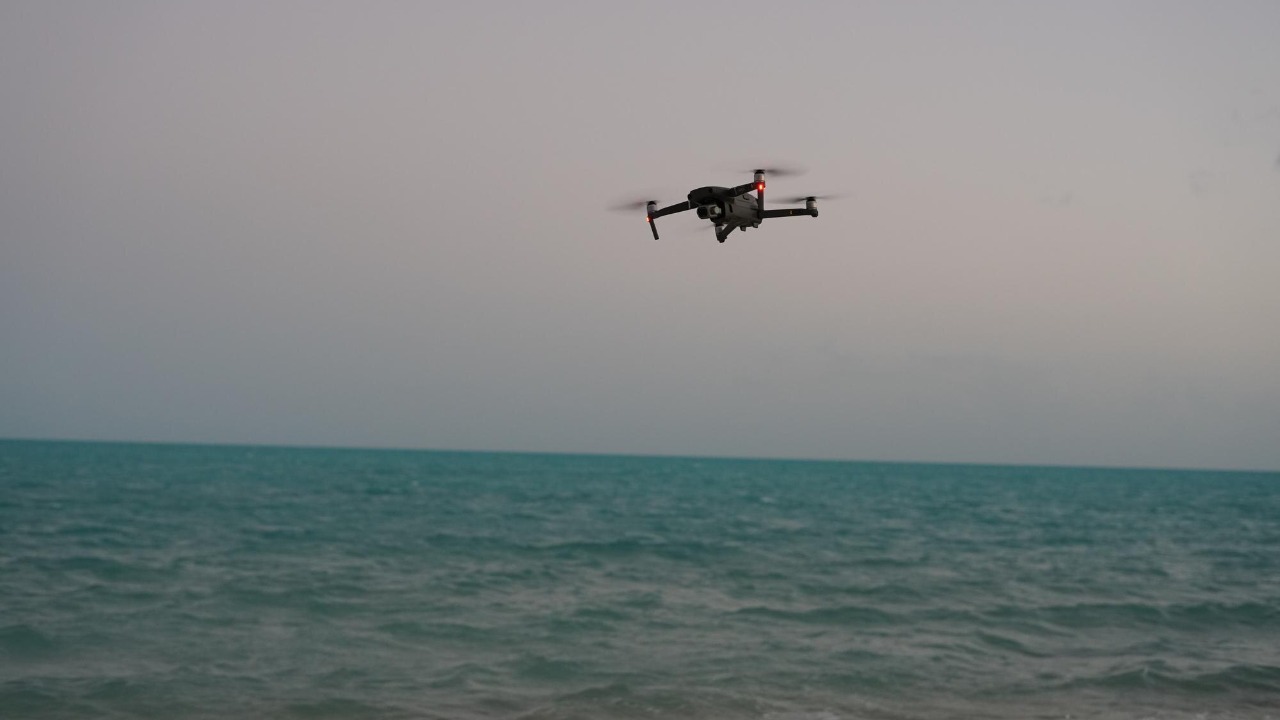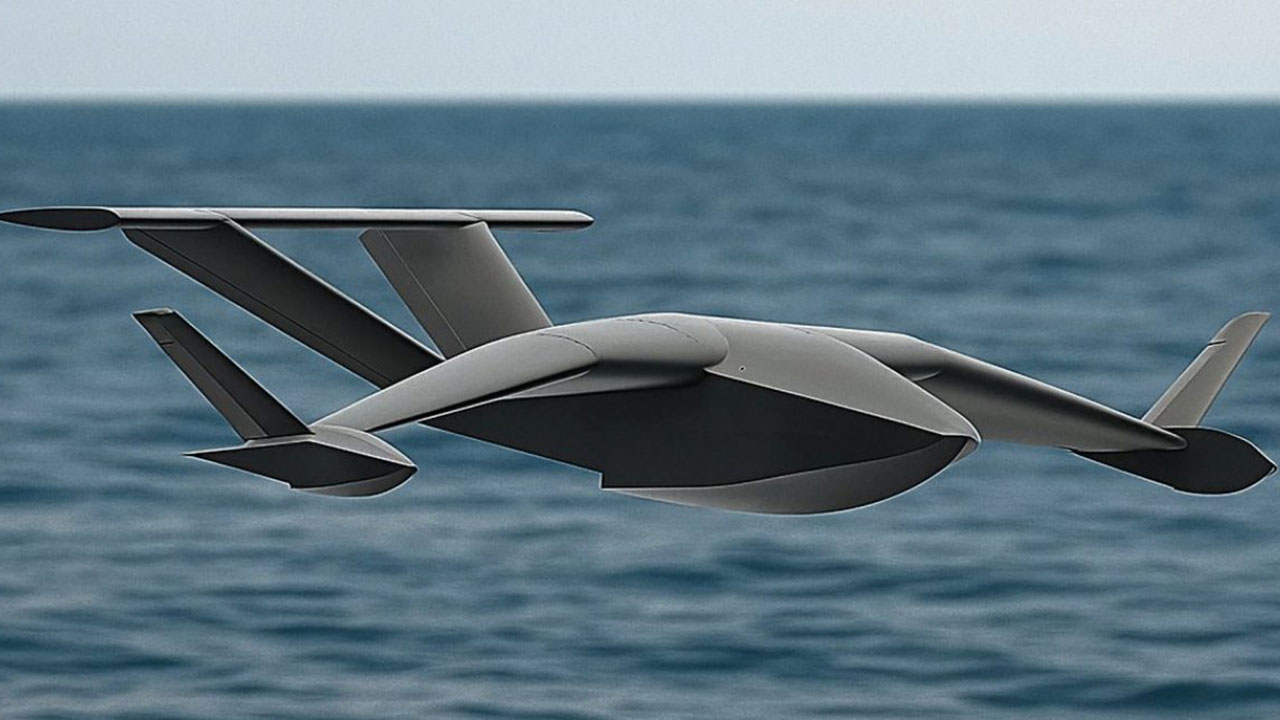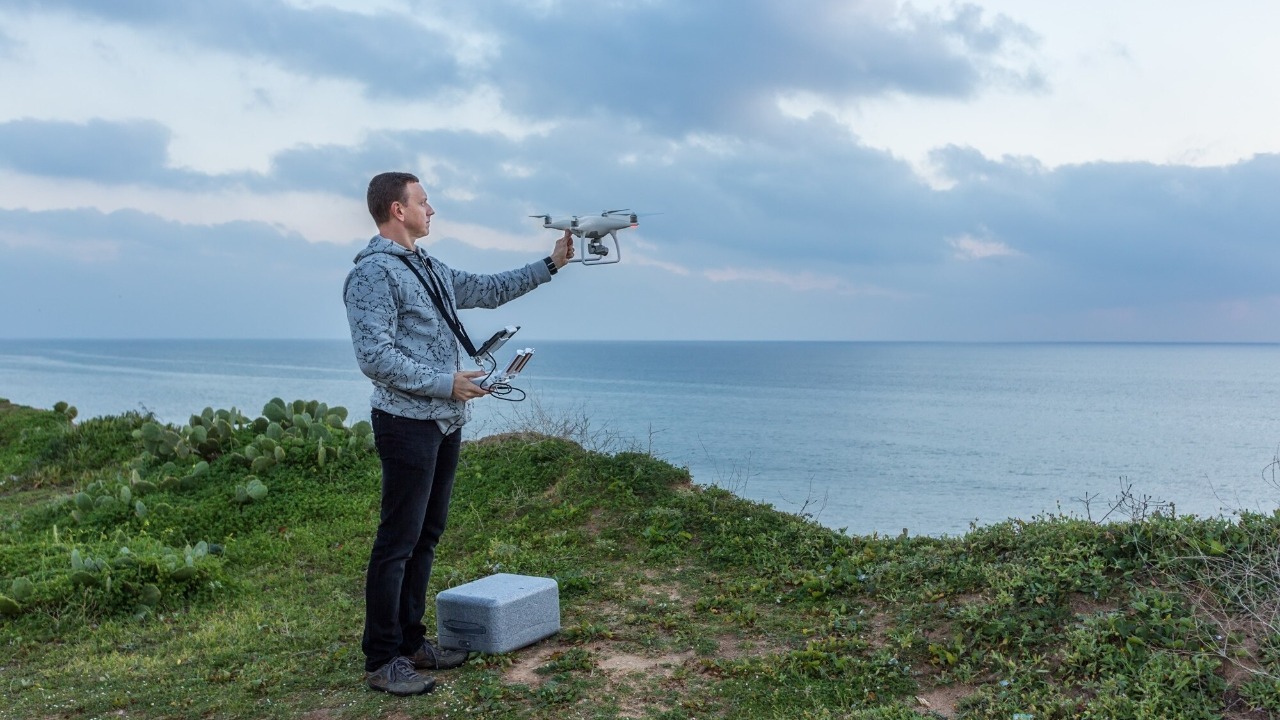
In a groundbreaking development in military technology, Turkey has introduced the world’s first sea-skimming drone, named Talay. This innovative drone is capable of stealthily destroying targets at a top speed of 124 mph, marking a significant advancement in naval warfare capabilities. Talay represents not only a leap forward in drone technology but also a shift in naval strategies worldwide.
The Rise of Sea-Skimming Technology

Sea-skimming technology refers to the ability of certain crafts to travel at very low altitudes over water, making them difficult to detect by radar. This technology offers strategic advantages in modern warfare, as it allows military forces to conduct stealth operations with reduced risk of detection. Historically, sea-skimming technology has been inspired by the Ekranoplan, a Soviet-era ground-effect vehicle that hovered just above the surface of the sea.
The influence of the Ekranoplan on current drone technology is significant. By utilizing ground effect, these vehicles can achieve high speeds with increased fuel efficiency. Unlike traditional aircraft that operate at higher altitudes, sea-skimming drones maintain a low profile, making them less visible to enemy radar. When compared to other military technologies, such as high-altitude reconnaissance drones or conventional missiles, sea-skimming offers a unique combination of stealth, speed, and surprise. It is this blend of capabilities that makes sea-skimming a game-changer in the realm of military strategy.
Talay: The World’s First Sea-Skimming Drone

The development and launch of Talay by a Turkish firm marks a significant milestone in unmanned aerial technology. Talay has been designed to operate just above the sea surface, utilizing advanced sensors and navigation software to maintain its low-altitude flight path. This ability allows it to remain undetected by traditional radar systems, giving it a distinct tactical advantage.
Talay’s technical specifications include a top speed of 124 mph and advanced AI-driven navigation systems that enhance its operational effectiveness. The drone is capable of precise targeting and execution of military operations, making it ideal for strategic roles such as reconnaissance, surveillance, and direct attack missions. Its versatility extends to both offensive and defensive operations, providing a new dimension to naval warfare tactics.
Stealth and Speed: The Tactical Edge

One of the most significant advantages of Talay is its ability to fly at extremely low altitudes, which allows it to evade radar detection. This stealth capability is crucial for conducting surprise attacks and protecting the drone from enemy defenses. By flying close to the water’s surface, Talay reduces the likelihood of being intercepted, enhancing its survivability in hostile environments.
The drone’s impressive speed of 124 mph plays a vital role in its tactical edge. This speed allows for rapid deployment and execution of military objectives, making it a formidable tool in naval operations. The incorporation of AI precision further enhances Talay’s effectiveness, allowing it to carry out complex missions with minimal human intervention. The combination of stealth, speed, and AI-driven accuracy makes Talay a potent asset in modern military arsenals.
Global Implications and Reactions

The introduction of Talay has sparked a range of international responses and concerns. Many countries view this technological advancement as a potential threat to existing naval strategies and defense policies. The ability of Talay to operate undetected could force nations to rethink their maritime defense systems and invest in new technologies to counter sea-skimming threats.
Comparisons have been drawn between Talay and similar technologies, such as Russia’s Grom-U loyal wingman drone. While both systems offer unique capabilities, Talay’s sea-skimming ability sets it apart, offering a new dimension of stealth and speed. The global arms race in unmanned aerial technology is likely to intensify as nations seek to develop or acquire similar capabilities to maintain a strategic edge.
Future Prospects and Ethical Considerations

The future of sea-skimming drones in warfare looks promising, with potential advancements in technology likely to enhance their capabilities further. Innovations in AI, materials science, and propulsion systems could lead to even more effective and versatile drones. However, as technology progresses, ethical considerations surrounding the use of autonomous drones in military conflicts must be addressed.
The balance between technological innovation and the risks of escalation in global tensions is a delicate one. The use of autonomous drones raises questions about accountability and the potential for unintended consequences in conflict scenarios. As nations continue to develop advanced military technologies, it is crucial to establish international frameworks and agreements that govern their use to prevent escalation and ensure ethical standards are maintained.